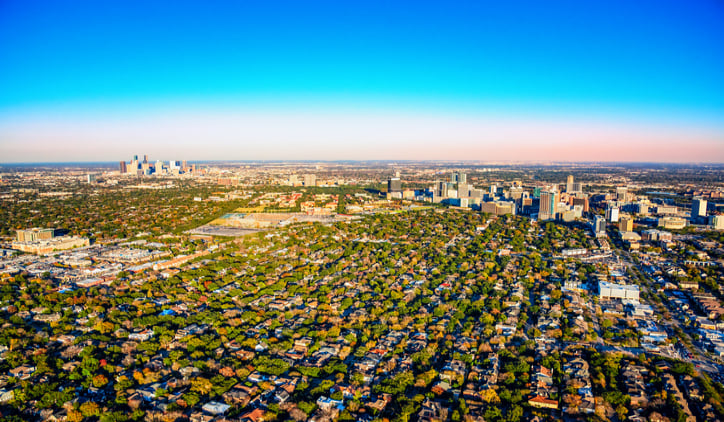You may not be familiar with the Tax Cuts & Jobs Act that was enacted on December 22, 2017 and the Opportunity Zone legislation that was included with it. The Opportunity Zone legislation is the largest economic development program of its kind in decades. It’s designed to spur private investment in economically under-served, distressed, or under-represented areas by offering investors substantial financial incentives to invest in these locations.
To qualify as an Opportunity Zone, a state’s political leaders must nominate a geographic area for the classification and the proposal must be reviewed and approved by the United States Treasury. The Internal Revenue Service is the government agency that reviews, approves, and audits Opportunity Zones.
There are already more than 8,700 Opportunity Zones representing all 50 states, the District of Columbia, and five U.S. territories.
Help Others
Before we look at the financial benefits of investing in an Opportunity Zone, it is important to note that zones are an economic development tool. They were added to the tax code to improve the economies of distressed communities.
This should be a great opportunity for the residents of distressed communities and the investors who fund the building projects that can turn these communities around.
Many opportunity zones are located in communities that have poverty rates at or above 20%. A number of social problems are associated with poverty: Crime, drugs, unemployment. This is an opportunity to turn these communities around by directing capital to projects that benefit them. Economic development will have a major impact on thousands of these forgotten communities.
Tax Benefits
It is important to be aware of the rules that impact your ability to use Opportunity Zone investments to reduce your tax liability.
To defer the tax on prior capital gains, they must be invested in a Qualified Opportunity Fund (QOF).
The tax is deferred until the earlier of two dates:
- The investment is sold or exchanged
- December 31, 2026
If the QOF is held longer than five years, there is a 10% exclusion of the deferred gain. If the QOF is held longer than seven years, the exclusion is 15%. If investors retain the investment in the QOF for at least ten years, the investor is eligible for an increase in basis equal to its fair market value on the date the QOF investment is sold or exchanged. Needless to say this is a very substantial tax incentive.
A couple of other rules worth knowing are the capital gain you are investing in your Opportunity Zone investment must have been realized within the past 180 days or less. And, the capital gain may not be the result of a related party transaction.
This is a very creative use of the tax code to facilitate development in distressed areas. The government is not losing any tax revenue when investors retain highly appreciated assets - for example, the stock they bought for $20 ten years ago and now is it worth $200. The number one barrier for selling the stock could be the capital gains tax on $180 per share. There is no tax revenue as long as the investor retains the assets. Some people refer to these investments as frozen assets.
So the barriers to entry are not very steep and they make economic sense for the federal government, investors, and the people who live and work in distressed communities. Most accredited investors have multiple investments which would be sold if they could avoid capital gains tax.
Multi-Family Buildings
These extremely valuable financial benefits are getting the attention of accredited investors who invest in multi-family real estate projects. According to a recent research paper that was published by Freddie Mac, 70 of the 105 Qualified Opportunity Funds in the U.S. emphasize investing in multi-family real estate. Clearly, Opportunity Zones are attractive and multi-family housing is at the top of their list.
Opportunity Zone Returns
The research paper also described a very positive outlook for the kinds of returns opportunity zone investors in multi-family real estate should be able to expect. A hypothetical example given in the paper stated that an investor in multi-family real estate in an opportunity zone could expect a return of 12%, whereas a traditional multi-family real estate investor might realize an 8% return under the same market conditions.
Conclusion
Although there may be some very slight barriers to entry in the form of capital restrictions, the Opportunity Zone program seems to provide a great opportunity for accredited investors who see a substantial opportunity for themselves when they help others become more invested in the American dream.



